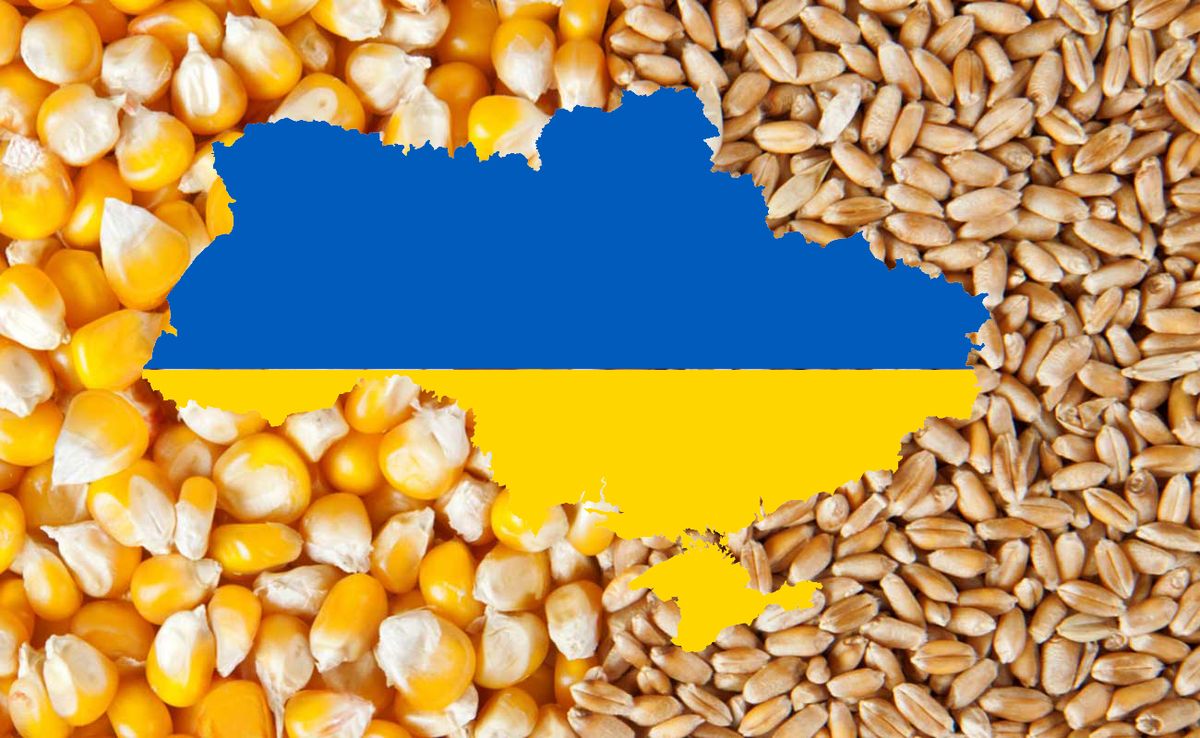New export routes needed for Ukrainian grain

An agreement has been made regarding the export of Ukrainian grain through the European Union. But more puzzles present themselves…
America and the European Union are looking for new ways to export grain from Ukraine. The European Commission has reached an agreement with Poland, Hungary, Romania, Bulgaria and Slovakia on exports through their territories, but diplomats in Brussels realise that new ways must be found.
In recent weeks, the European Commission has had to negotiate hard with the 5 so-called front states to ensure that grain can be exported from Ukraine. In Poland, in particular, exports cause many problems on the local market. Although strictly speaking it is not the intention, a lot of cheap grain is coming onto the market in various countries. This in putting Polish farmers’ livelihoods at risk because they cannot compete with the products from Ukraine.
In the end, the countries that wanted to boycott Ukraine’s grain agreed to an additional €100 million for their farmers and guarantees that no more grain would “fall off the wagon” along the way. In other words, everything also goes to the ports to be exported from there to the world market. The president of the European Commission, Ursula von der Leyen, responded enthusiastically: “This way we can continue to provide the world with food, Ukraine can export and the farmers’ income is not threatened.”
The deal is important because on May 18, the agreement between Russia and the United Nations in which Russia promised to leave grain exports across the Black Sea alone expires. There is a good chance that the scheme will not be extended and that grain cannot be exported in this way. Only exporting via the current so-called safe corridors is not enough to get the grain, which is important for many African countries, in particular, out of Ukraine.
A delegation from Brussels recently visited Izmajil, a port city on the Danube Delta near the Black Sea. A lot has been invested in the port in the past year. Mostly new terminals have been built. Although more ships are sailing on the Danube towards Constanta (Romania), it seems like a drop in the ocean. The water level fluctuates too much, the rain does not come, and so the water level is regularly too low. Nevertheless, large shipping companies are setting up regular scheduled services so that grain can also be exported via the detour.
Meanwhile, concerns are heard from Ukraine. Deputy prime minister, Olha Stefanishyna, says the whole discussion about restrictions on Ukrainian exports is playing into Russia’s hands. In Brussels, the European Commission thinks it has found a workable solution for the time being.
However, the next problem already arises. In the coming months, it will be necessary to map out the bottlenecks in the country’s possible membership of the European Union. European diplomats are afraid that the agricultural talks, in particular, will become very difficult, because the country is a huge agricultural exporter. Sweden, which currently holds the presidency of the European Union, will attempt to draft a first discussion paper before the summer.
Read also
Wheat in Southern Brazil Impacted by Dry Weather and Frosts
Oilseed Industry. Leaders and Strategies in the Times of a Great Change
Black Sea & Danube Region: Oilseed and Vegoil Markets Within Ongoing Transfor...
Serbia. The drought will cause extremely high losses for farmers this year
2023/24 Safrinha Corn in Brazil 91% Harvested
Write to us
Our manager will contact you soon



